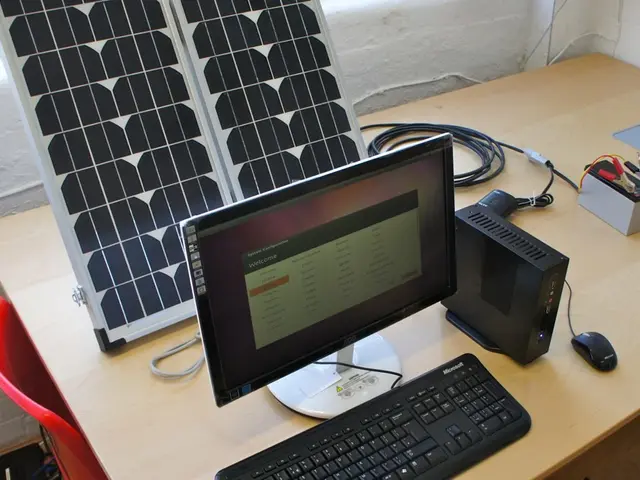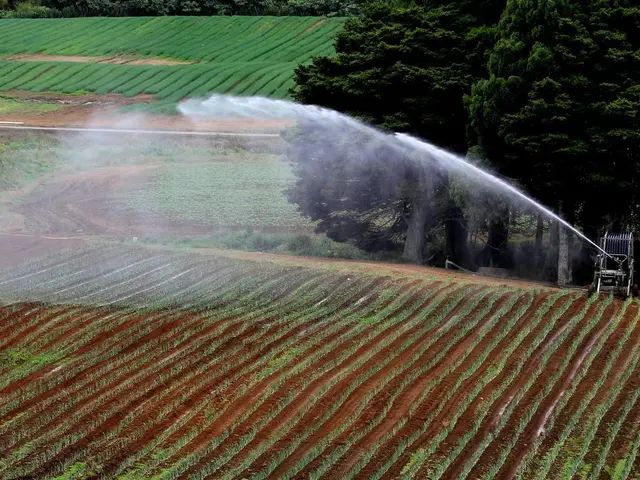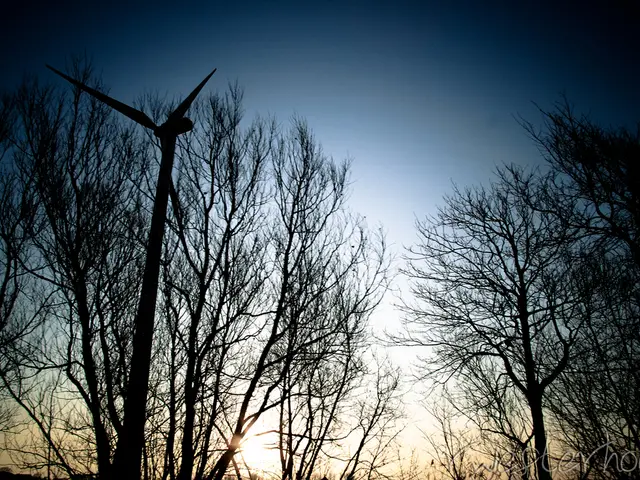Kazakhstan Aims to Double Energy Efficiency by 2040 to Cut Global CO2 Emissions
Kazakhstan's Ministry of Energy, led by Erlan Akkenzhenov, has outlined a strategic plan to double energy efficiency gains by 2040. This approach, which respects individual transition speeds for developing countries, is seen as a pragmatic and balanced way to cut global CO2 emissions by half.
Akkenzhenov, who oversees all energy resources including oil, gas, coal, nuclear, solar, and wind, believes that optimizing energy efficiency is the fastest and most cost-effective tool to reduce emissions. This view is echoed by energy experts worldwide.
Digitalisation and artificial intelligence are identified as key enablers. They can transform energy systems, boosting grid reliability, reducing losses, and lowering costs. This is crucial as demand increases and countries strive to meet their energy needs.
Kazakhstan is pursuing an evolutionary approach to its energy transition. It aims to keep hydrocarbons cleaner while expanding renewable capacity. In 2024, renewables provided 6.4% of the country's electricity, with a target of 15% by 2030.
Many governments are shifting towards a more balanced and pragmatic energy policy, with Kazakhstan leading the way. By doubling energy efficiency improvements, they aim to cut global CO2 emissions by half by 2040. This approach respects individual transition speeds and leverages technology to boost efficiency and reliability.
Read also:
- Aiming to simplify the move towards cleaner automobiles, the newly established ministry plans to take direct action with Pannier-Runacher, Létard, and Vautrin at the helm.
- "The imperfect yet essential documentary, "Planet of the Humans," raises challenging and uncomfortable inquiries"
- Exciting Escapades of Tintin
- More than half of British homes adhere to insulation standards established during the 1970s.








